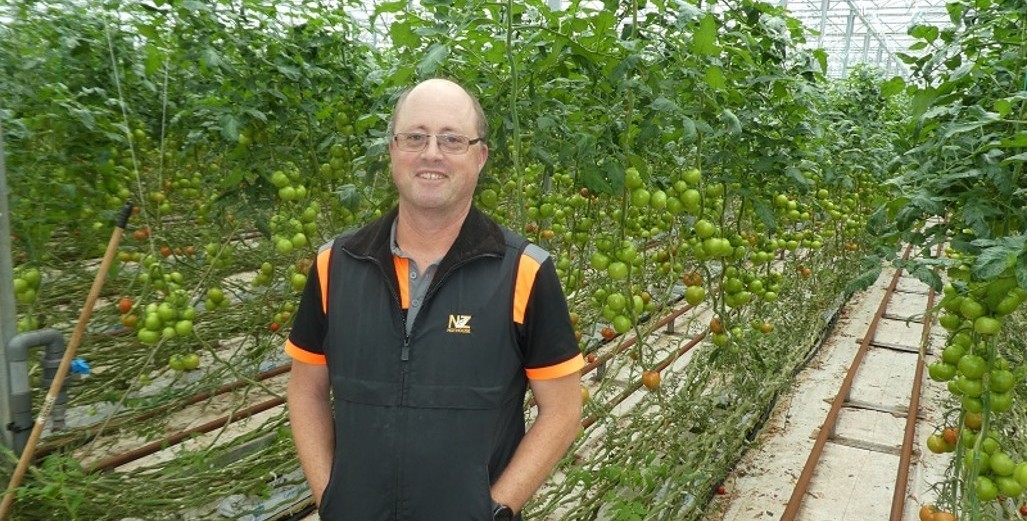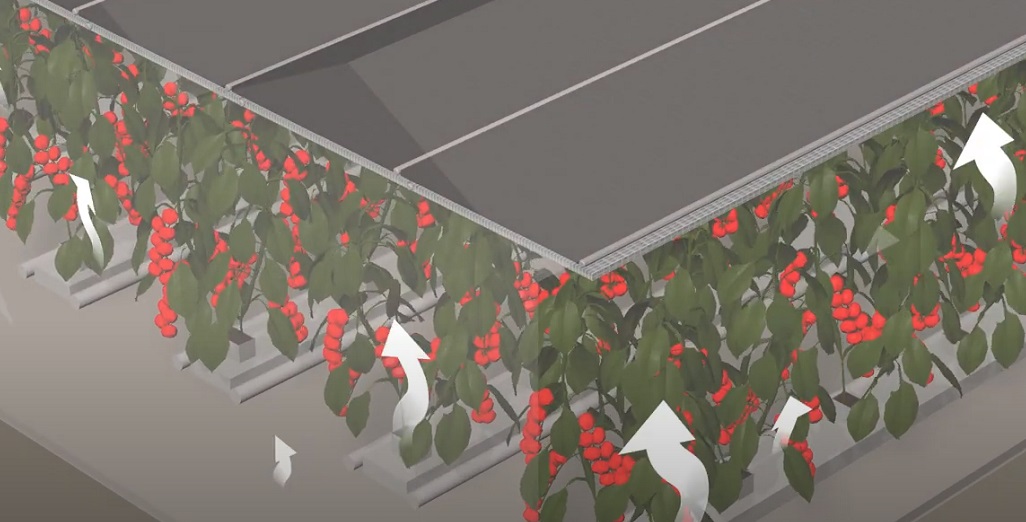Sign up here to subscribe to the Grower2grower Ezine. Every two weeks you will receive new articles, specific to the protected cropping industry, informing you of industry news and events straight to your inbox.
Mar 2019
When should I remove the coating?
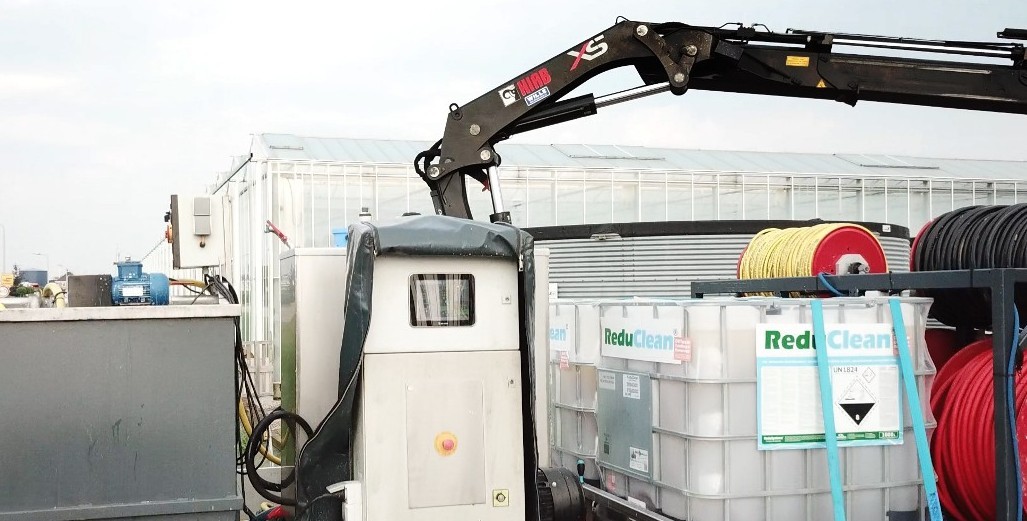
Light levels fall a little further every day in March. The decision as to when to remove a coating is partly rational and partly depends on the weather and your green fingers.
When is the best time to remove a coating? The answer to this question depends on the type of coating, the crop, its current status and the grower’s judgement. It’s a trade-off between the light loss caused by the coating and the benefits it offers, such as heat dissipation or diffusivity. Any coating cuts out some light, but how much is lost depends very much on the type of coating.
When to remove ReduSol
The purpose of ReduSol is to deflect light. In general, 1% more light means 1% more production, but only as long as the crop can handle it. Above a certain ceiling, more light can actually damage it. Therefore, there comes a time in spring when it’s good to deflect some of the light with ReduSol. Once the light level starts to drop again in the autumn, you are faced with the question of whether the benefits of screening with ReduSol still outweigh the extra light obtained by removing it.
There are tables with average light levels throughout the year, in joules per day, for every region in the world. This makes it relatively easy to set a date for removing ReduSol. This can be fine-tuned based on the weather at the time. Mardenkro can also advise on this.
When to remove ReduHeat
Over time we have come to understand that it is not the light level but a rise in the plant temperature that can damage the plant. With ReduHeat, you can benefit from the yield-boosting effect of light without the plant becoming overheated. However, like all coatings, it also screens out some of the light.
Once the risk of heat stress drops, that extra light is welcome again as it boosts yields. What’s more, the air starts to become more humid from the end of March onwards, which reduces the intensity of the light.
The number of joules per day is the main guiding principle in this case too. Furthermore, growers are generally able to judge for themselves how the crop is doing and whether the extra light level obtained by removing the coating would be useful.
When to remove diffuse coatings
The decision as to when to remove diffuse coatings is the hardest. Scientists at Wageningen University & Research are also regularly asked about this but are unable to give an exact answer. The advantage of diffuse light has been irrefutably demonstrated in many trials. But it is very difficult to compare the relatively small loss of light brought about by ReduFuse with the advantages of a diffuse coating. Some crops are not affected by this small loss of light and benefit more from the diffusivity. But for light-loving crops such as the tomato, the slight loss of light can result in lower yields, so it is better to remove the coating before the autumn.
Wageningen University & Research has just launched a new project entitled “Diffuse glass – make it clear”. In this project, measurements taken by tomato, chrysanthemum and strawberry growers under diffused glass or coatings are being used to gain a better picture of the effect of diffuse light.
Considerations
In tomato, the fruit grows lower down the crop. So, they won’t be harmed much by ReduFuse or ReduFuse IR being removed a little early. Sweet pepper fruits, on the other hand, are sensitive and often hang in the sun. Thus, it’s better to be safe than sorry with this crop. In addition, fruit setting can be disrupted if the plant is exposed to heat stress.
Because ReduFuse IR reduces light transmission by more than 10%, we recommend removing this coating in the autumn. Standard ReduFuse causes so little loss of light that it could be worth considering leaving the coating in place for many crops, particularly ornamentals. After all, the advantages of diffused light is welcome all year-round. If the light is distributed more evenly and penetrates deeper into the crop, this will boost yields and improve quality. In Canada, some gerbera growers are even making use of the benefits of ReduFuse in winter.
Ask Mardenkro for more advice via https://www.redusystems.co.nz/en/team/

Article supplied by Redusystems
CLASSIFIED
Subscribe to our E-Zine
More
From This Category
Energy savings of ClimaFlow with Luxous and Obscura led to complete rethink of Neurath’s energy needs
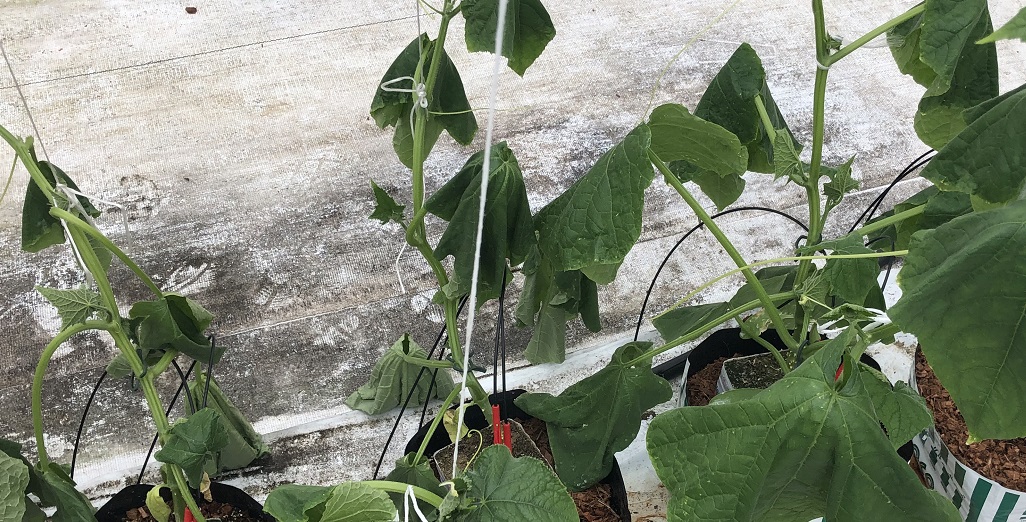
Turbulent Weather Perfect for Disease
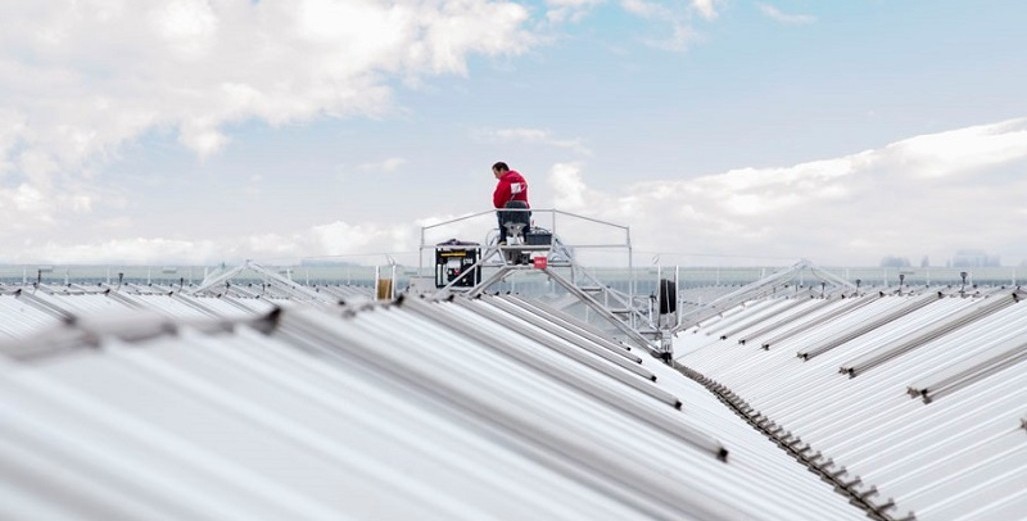
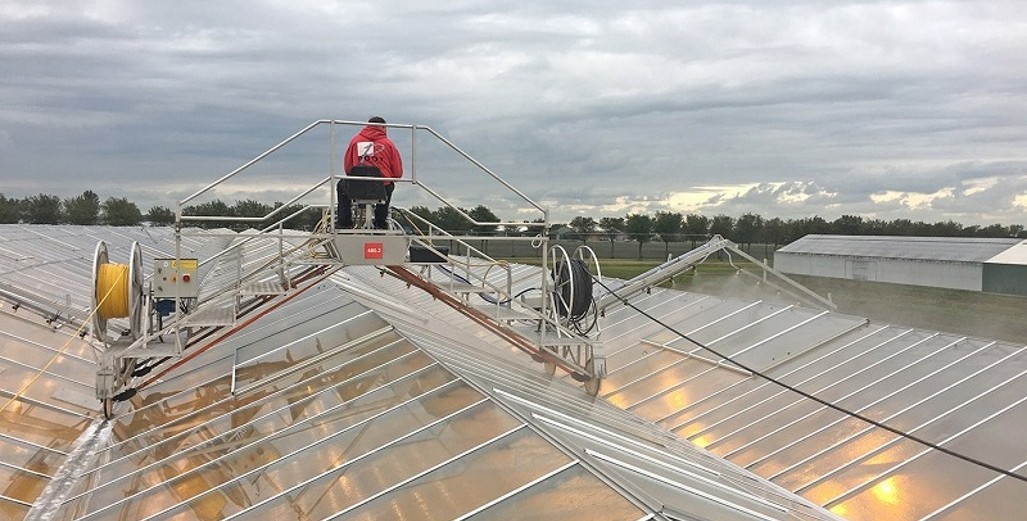
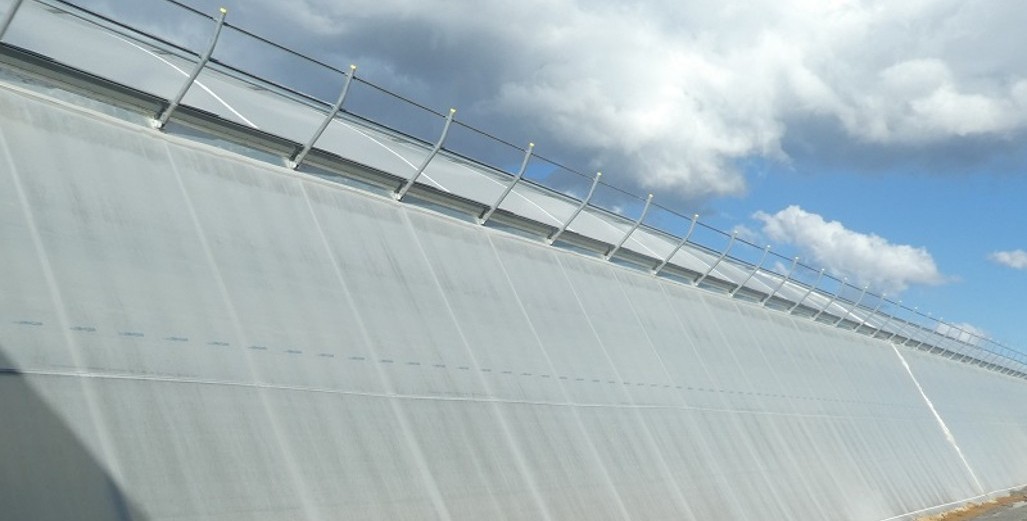
Growers Can Extend The Life Of Greenhouse Film
